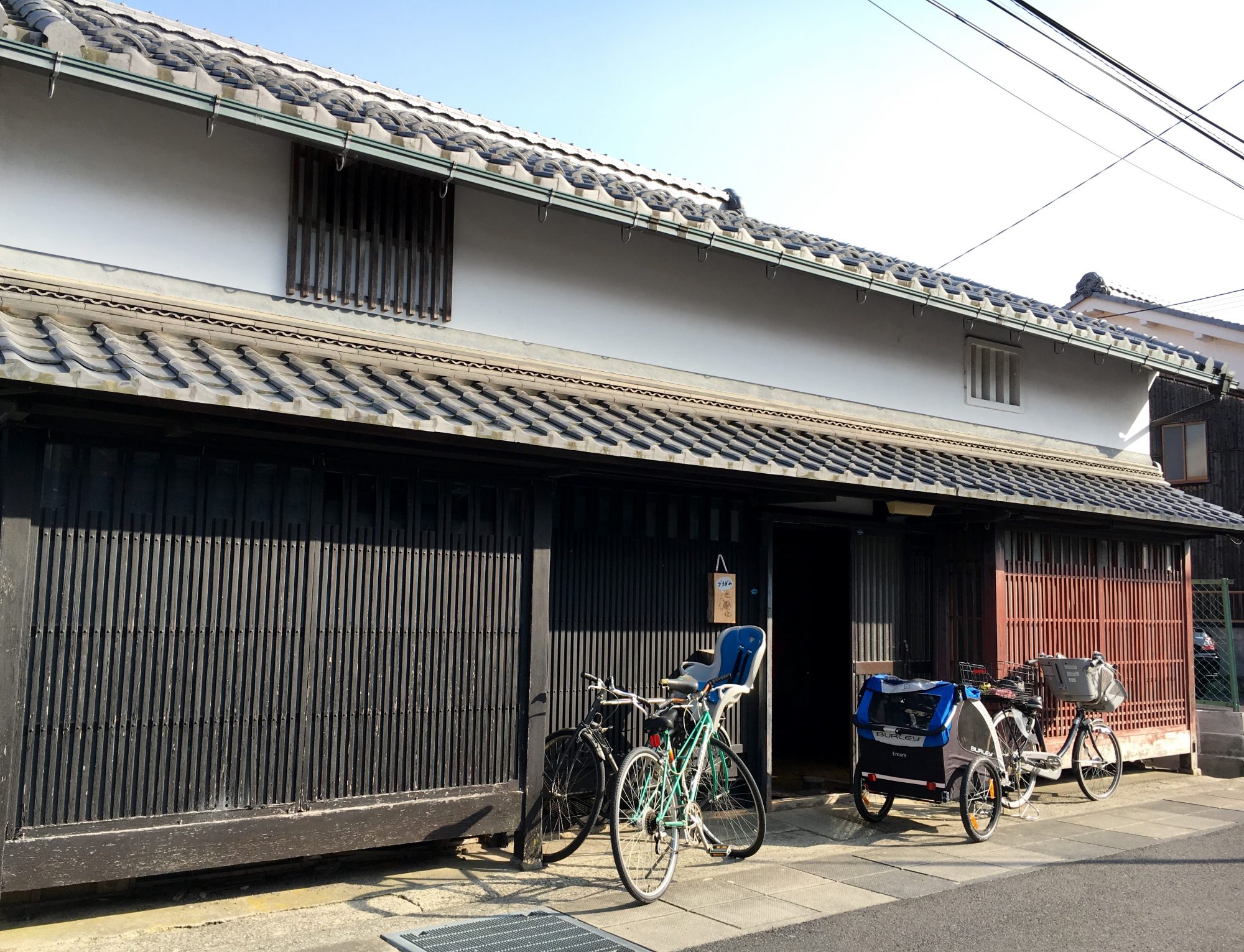There is a recurring theme in my email exchange with Gardiner.
A theme that is present in her work and something she thinks about often; a sense of identity. What was it like growing up with the Japanese identity? How has her sense of identity changed? What has the journey been like for her?
The initial interview question came out of the storefront images she took in San Jose.

Gardiner: The feeling they (the storefront images) evoke for me is a sort of longing for the past, and a curiosity about what Japanese American communities would be like if they had not been disbanded by the war.
Sumie : You mention “longing for the past”. Is it a specific experience from your past or the past you never got to experience?
Gardiner : I’m longing for a past that is a product of my imagination: a romantic or a mythological version of the past.
When I go searching for Japanese America I am searching for myself. I think I am imagining a “what if” scenario: what if Japan Towns had not been dismantled? What if Japanese Americans had not been sent to prison camps and then assimilated so effectively? What if my family hadn’t lost the language? Even a small “what if”—What if I had been given a Japanese name?
So the pictures of covered windows are probably a metaphor for what it feels like to neither be able to see in to nor to be able to inhabit what was once a vibrant place of belonging: to be left with only one’s imagination of that place…Like being shut out of one’s own history.
Sumie : Can you tell me what the Japanese American community was like for you when you were growing up?
Gardiner : As a child I did not have any interaction with a Japanese American or Japanese Canadian community that I can recollect. There was no Japan Town in Toronto and I did not know any other people there of Japanese descent. My parents had divorced and I was being raised by my white mother in a community of white Canadians and new immigrants mainly from Hong Kong, Pakistan, and the Caribbean. I rarely saw my father and brother. The first time I can remember having an acquaintance who was part Japanese was in high school. I never felt close to another Japanese person until my stepmother—and that relationship began when I was in my 20’s. She is the person who tacitly accepted me in a way that gave me “permission “ to be Japanese. Perhaps this explains my motivation to mythologize Japanese America now.
As soon as I was able to seek connections to my Japanese heritage through taiko drumming (in my 20’s) or language classes (off-and-on since my 30’s), and more sustainably through art—it has always felt like I am coming at it too late and as a perpetual dilettante and that without a childhood connection to my culture and language I will always be an outsider/soto. So I have accepted that my version of “being Japanese American” looks different from the stereotypical version of this identity. My version is one that I have to manufacture alone, to fabricate or “make up.” This is not to say that I see it as a less-legitimate or inauthentic identity, in fact I see it as an illustration of the way that diaspora identity develops under specific circumstances. So it’s legitimately Japanese American. And it is sometimes a lonely thing.
Sumie : Until in your 20’s, would you say you were not aware of the Japan connection growing up?
Gardiner : I wouldn’t say that I was “unaware” of my Japan connection early on, but that my awareness was very vague and shaped mainly by white culture. So I was seen as “exotic,” or “different” or “part something,” which is how other people described me most often. I identified as racially “ambiguous.” People projected their own ideas about what “Japanese” meant onto me and not knowing anything else, I absorbed those ideas about what it meant to be “Japanese.” So in earlier years my sense of my own ethnicity was more like what one sees in a travel brochure as opposed to a lived experience. I had fleeting encounters with Japanese America on vacation in Hawaii when I was in elementary school and I remember not wanting to go back to Canada—like Hawaii was proof that Toronto was the wrong place for me. Then I began to feel a sense of awakening when I settled in San Francisco in 1987, where there were lots of Japanese restaurants and a Nihonmachi, and even a taiko dojo which I joined for a little while (but I don’t have any rhythm!)

In the 2nd interview I am going to ask Gardiner about her experience since her 20’s onward. I am also curious about her stepmother and how she played a role in helping Gardiner make the connection with Japan.
to be continued…

